The Digital Revolution of Scoliosis Care is Here
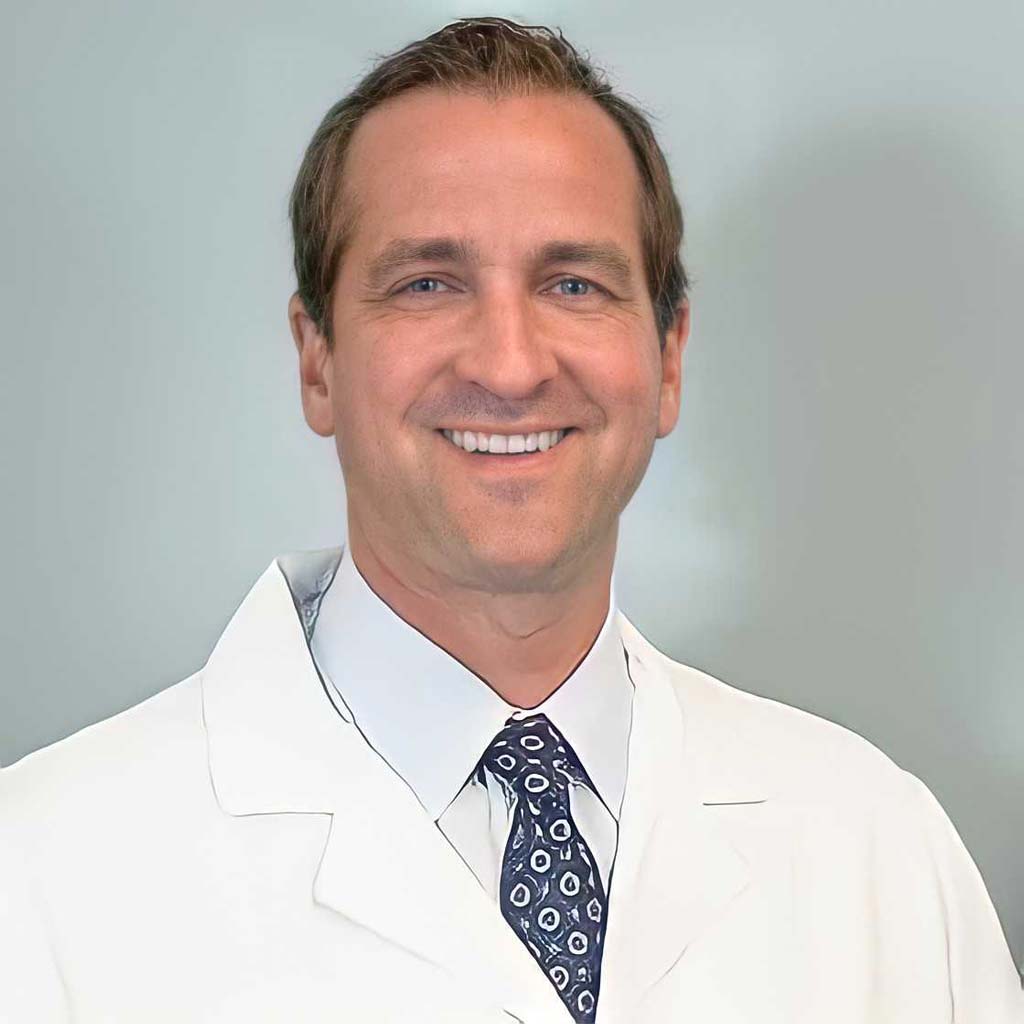
Why we created the National Scoliosis Clinic
Dr. Michael Gardner, MD
Co-Founder & CEO of National Scoliosis Clinic
Professor, Orthopaedic Surgery
Stanford University School of Medicine
I’ve interacted with so many patients and friends who have suffered from scoliosis without any pain relief. It made me frustrated, and ignited my 22 year journey to reinvent scoliosis care. In my pursuit, I realized with Scoliosis Realignment Therapy, holistic scoliosis-specific support, and practical guidance for people to realign their bodies faster, all combined with new AI-based technology, scoliosis care would be more effective and accessible for patients around the world. For the past 5 years, my team and I have been working on these components of the Scoliosis Solution so that we can help everyone conquer scoliosis.
Leadership Team

Dr. Michael Gardner, MD
Co-Founder & CEO
Professor, Orthopaedic Surgery
Stanford University School of Medicine

Dr. Malcolm DeBaun, MD
Co-Founder
Orthopaedic Surgeon
Duke University School of Medicine
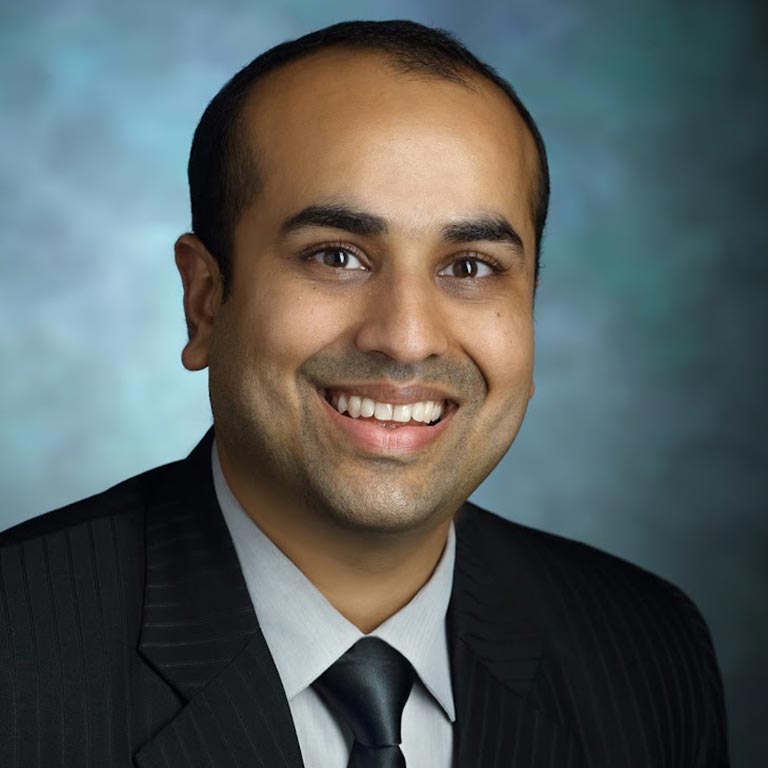
Amit Jain, MD
Johns Hopkins University School of Medicine
Special Advisor for Value Based Care

Susan Ellen Stephens, MD
Spine Surgeon; The Institute for Spine, Inc.
Special Advisor for Strategy and Community
Clinical Steering Community
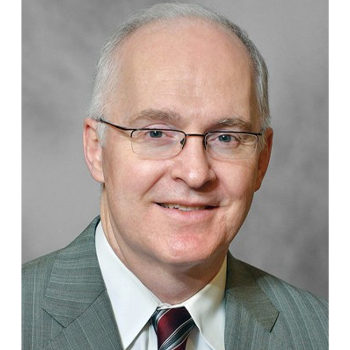
David Polly, MD
Medical School, University of Minnesota

Serena Hu, MD
Stanford University

Baron Lonner, MD
Mount Sinai Hospital

Steve Glassman, MD
Norton Leatherman Spine Center, University of Louisville
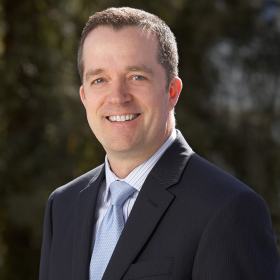
Matt Smuck, MD
Stanford University

Andrew Friedman, MD
Virginia Mason Franciscan Health
Adult Scoliosis Advisory Panel

Brett Rocos, MD
Duke University Hospital
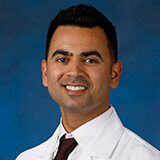
Sohaib Hasimi, MD
UC Irvine Health

John Kleimeyer, MD
Stanford University

Sang Kim, MD
Cedar Sinai
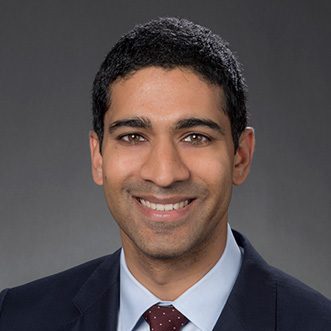
Venu Nemani, MD
Virginia Mason Franciscan Health

Hai V. Le, MD
UC Davis Health
Adolescent Scoliosis Advisory Board

John Vorhies, MD
Stanford University

Michael Glotzbecker, MD
Case Western Reserve University

Amer Samdani, MD
Philadelphia Shriners
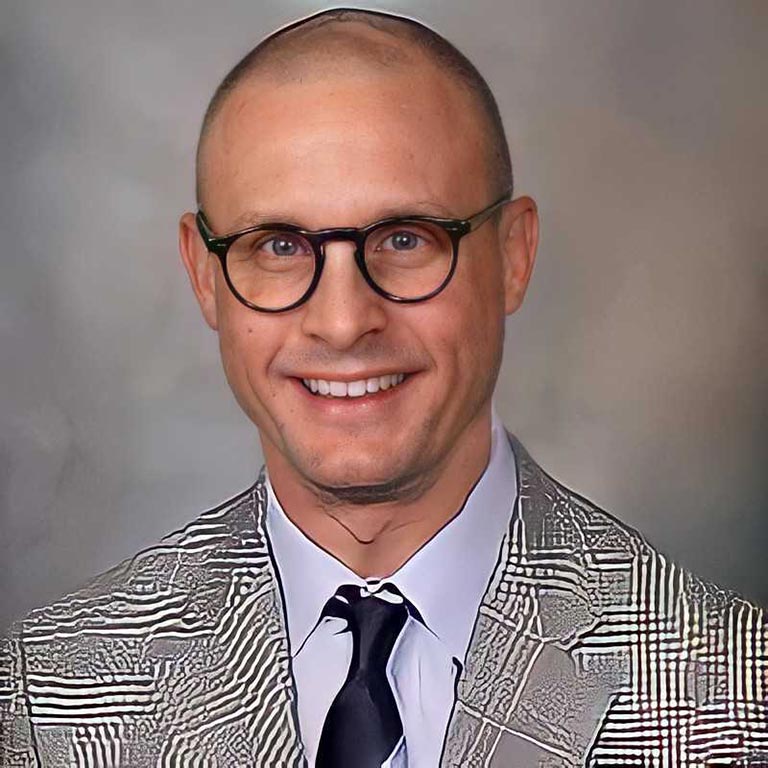
Todd Milbrandt, MD
Mayo Clinic
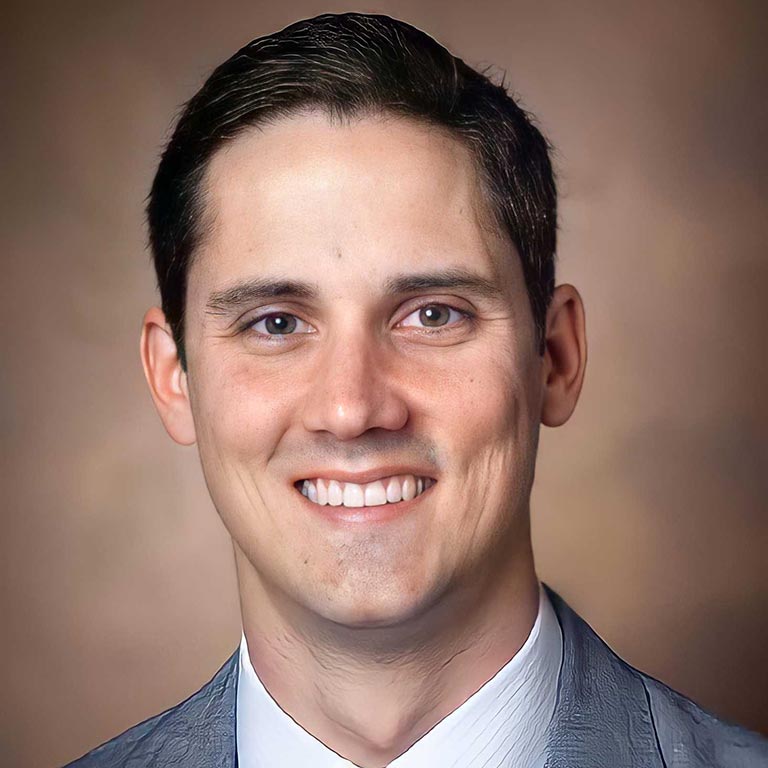
Craig Louer, MD
Vanderbilt University
Discover Scoliosis Solution